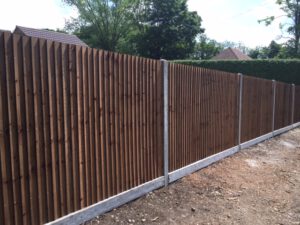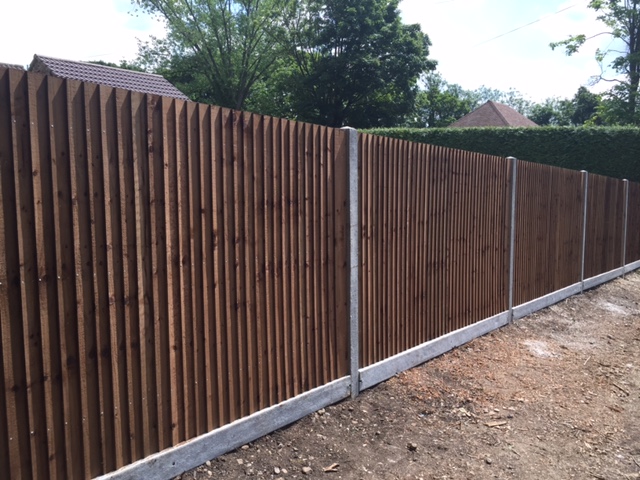Whether you need a fence for a residential or commercial property, there are several factors to consider when choosing a fencing service. You must consider the cost of the fence installation, the equipment needed, and the required permits. You should also find out if there are any warranties or guarantees for the products or installation services. To learn more, visit https://fencingsummerville.com/.
The cost of fence installation can vary widely. It can be as low as $250 for a simple fence with no decorative features or as high as $1,600 if you want a more elaborate fence. It also depends on the area you want to fence. If there is heavy brush or rocks on your property, the cost will increase. You should also check whether a permit is required for your fence installation. In rare cases, you will have to pay an approval fee, which can cost you $400 to $800.
Fence installation requires a substantial amount of labor, and there are several different variables that can affect the price. For example, if your ground is uneven, it may require deeper holes and more concrete. You may also want to add lighting, but this will add to the cost. You should contact a fence installation company that provides a detailed quote so that you can estimate the cost of the project.
The design of your fence will also influence the overall cost. Intricate designs can add curb appeal to your property but can also drive up the price. There are different types of materials for fences, including wood, metal, concrete, vinyl, and PVC. Each material will come with its own advantages and disadvantages.
The average cost for a fence installation depends on the length, material, and style. A basic fence costs between $1,330 and $5,550. You should also factor in the labor costs, materials, and type of property. By understanding how fence installation works, you can make an informed decision on the type of fence that would be the best investment for your yard.
Wood fences are both practical and aesthetically appealing. They come in different wood species, and the most affordable is pine. These types of fences are available in various styles and will accommodate your design preferences perfectly. However, if you are looking for something a bit more affordable, you can consider vinyl fencing. This material is inexpensive and can replicate the look of wooden fences quite easily.
Wood fences tend to warp and contract because of changes in humidity. Vinyl fencing, on the other hand, is more durable and does not warp or contract. If you are handy, you can install your fence yourself, but if not, you may want to hire someone else to do it for you. Depending on the material and the size of your yard, the cost of fence installation can range from $2,000 to $6,000.
If you plan to build a fence, you’ll need to buy some basic equipment. One of the most important pieces of equipment is a fence auger. This tool makes digging standard postholes much easier than if you do it by hand. An auger has a high torque and can drill at high speeds – up to 320 RPM – making it a great choice for fence installation. Another essential tool is a wood stake, which is useful for planning the layout of the fence.
You’ll also need a posthole digger to dig the postholes. This tool is a good investment because it’s inexpensive and makes digging posts into the ground a breeze. It should also be corrosion-resistant, so it will last for many years. You can also purchase a manual post-pounder for a more affordable price.
Another essential piece of equipment is a tape measure. This tool is easy to use and fits in a toolbelt or can be clipped to a belt loop. Different models have different capabilities, but most can measure 25 feet. This length is great for gauging the length of fence posts. A measuring board can also be a helpful tool.
You’ll need a post-pounder if you’re putting T-bar posts in the ground. It’s made of a heavy steel pipe and has handles. Using it is a good workout for your arms and back. You’ll also need a tamping tool to prepare the hole before pounding the posts. This tool has a chisel point on one end and a flat end. This tool will help you compact the soil around the posts so that the fence won’t become too tight and unstable.

